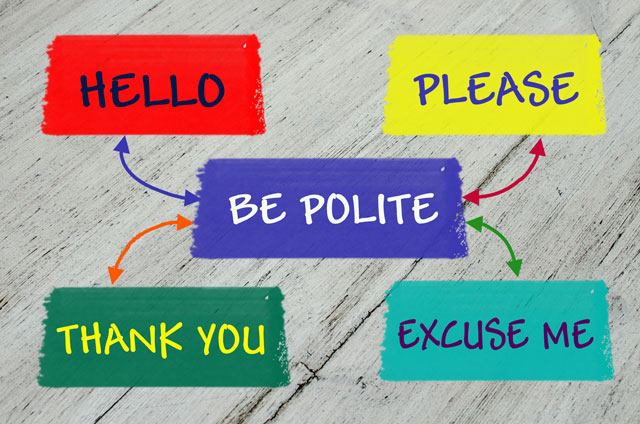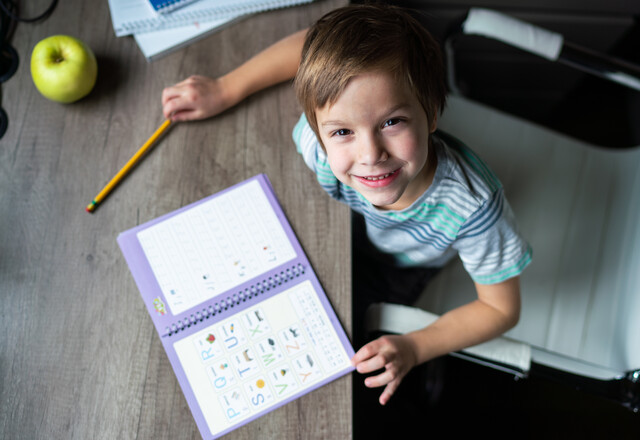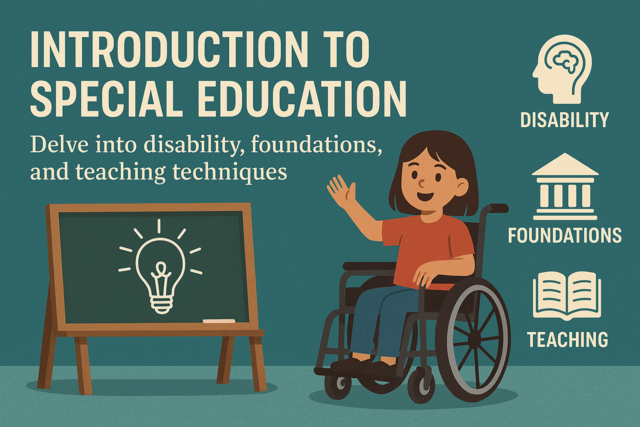Basic Startup Needs
Basic supplies are also determined by age groups, and may include arts and crafts supplies; safety gates, extra storage space and outside play equipment. The best way to accumulate the necessary items is to start small and shop at garage sales, thrift stores, and flea markets. However, when doing so, always make sure the toys or equipment are in good working order and are safe for use.
Ensure that all items are free of lead based paint! Also be advised that some types of infant furniture such as cribs, car seats, and outdoor play equipment may have safety regulations; so make sure whatever equipment you purchase will meet current requirements. Check for current requirements regarding the construction and safety of cribs, car seats, child carriers, and other infant furniture and equipment for standards of safety and use.
Some novice home day care providers limit the use of certain areas within the house or yard for services and may therefore save money on furniture and toys. In addition, child day care providers will need to determine the number of hours that children of various age groups will be in their care, whether they live in an urban or rural area, as well as the socio-economic levels of parents. In some cases, parents are able to provide some equipment, toys, and necessities that may help cut down on start up costs.
Every day care facility will offer different amenities, services, play equipment, and furniture. Again, depending on age group, the needs of your facility may differ widely than those of others. Local and state guidelines on the amount of space that is required per child may also differ according to locality, so check ahead of time. Home-based child day care businesses have operated in mobile homes, apartments, condominiums as well as traditional homes, and most childcare standards require only that there is enough room for children to sleep, eat, and play in.
It is advised that individuals starting a home day care business try to make do with what they have and improvise before determining the need for extra equipment, toys and items depending on age group and individual children.
Infants - The needs and equipment for infants are relatively basic, and include an area where babies can be diapered and fed as well as secluded from play areas accessed by toddlers and older children.
Toddlers (generally considered between 1 and 2 � half years of age) - Toddlers also need an area that may be accessed for diapering in feeding as well as an area where they can play quietly, either individually or in a group. Toddlers are able to engage in simple arts and crafts, games and activities and like to play with blocks and toys.
Preschoolers (generally considered between 2 and 6 years of age) -
Preschoolers require an area to eat, play and take naps. They also need a variety of activities and toys to choose from. Preschoolers like to be outside and need an area where they can run, jump, and play games like hide and seek.
School Age Children - School age children will need an area where they can relax and do homework after school as well as ample space outdoors to engage in play and vigorous exercise.
It is essential that day care providers understand the various needs and demands of infants and be able to attend to them immediately. Many childcare providers are un-familiar and comfortable with crying babies, and it is important to at least try to understand the different stages of development that babies go through in the first few months of life. Being understanding and patient is essential for anyone caring for an infant.
Babies and infants develop at different rates. For example, infants are generally able to grasp objects at around two to four months of age. They may make vocal sounds, besides crying, between birth and six weeks of age. Babies generally start saying Dada or Mama between six and 10 months of age. They may start trying to feed themselves between five and eight months, and be able to drink from a cup between 10 months in 16 months of age. However, babies are different � knowing the basics takes a lot of the guesswork out of providing care for them.
Toddlers - Toddlers are generally considered to range in age between 1 to 2 1/2 years old. At this stage, children are learning how to walk and interact with others. They like to explore and rarely are still for long periods of time (or even minutes). Children at this age generally form attachments to certain items or toys and are reluctant to relinquish them to you or anyone else. At this point in time, discipline also comes into play, and boundaries should develop acceptable methods and modes of behavior.
Preschoolers - The needs of preschoolers will also be determined by their specific age and learning abilities. Generally, preschoolers are considered to be between 2 1/2 and 6 years old. Children in this age group are typically sensitive and need extra attention and care when learning new things. At this age, children are also quick to mimic and imitate what they see and hear around them on a daily basis, so care must be taken as to methods of speech and behavior that can be witnessed by children in your care. At this stage, it is important for childcare providers to help engage children in the learning process, and if possible, help stimulate their imagination and vocabulary through playing simple word games, cards, and puzzles.
School age - School age children need to have a quiet space where they can unwind after a day in school or to complete their homework. Giving them enough time to play and work off some excess energy that has built up during the school day is beneficial to ensuring a smooth transition between from school to home based expectations. Depending on age, school age children may prefer to play quietly and individually or in groups, and it is up to the childcare provider to determine the needs and preferences of children in their care to facilitate a safe environment for everyone.
Introduction
When it comes to safety inside the home, childcare providers are encouraged to purchase inexpensive child safety locks for all cabinets and drawers that are within reach of curious and exploring hands. Remember that toddlers, more than any other age group, are especially curious and often don't know the difference between safe and unsafe products. Cleaning items such as detergents, dish soaps, hand sanitizers and home cleaning products should be kept well out of reach and behind secured cabinets or drawers at all times.
Kitchen utensils and countertop appliances need to be out of reach as well. Items such as toaster ovens, grills, and stoves need to remain unplugged or equipped with child locks for optimal safety.
In many cases, childproofing a home requires the childcare provider to go through every room in the house, on hands and knees if necessary, to determine what may attract the interest and curiosity of a variety of age groups. Electrical cords need to be secured near baseboards or underneath rugs. Special care should be taken to remove items that are small enough to put in the mouth and choke on in every room where childcare will be given. Remember that what may seem perfectly innocent and safe to you may pose potential hazards to infants and small children.
Doors to out of bounds areas within the house or outside areas of need to be locked and secured. However, it is important to keep one exit to the outside of the house available for use in emergencies. Single action locks, which simply require turning the knob to open, are advisable for such situations.
Fireplaces should be equipped with doors or screens to prevent access and wood burning stoves should be surrounded by fencing or gates, if necessary. Fire extinguishers are required for most residences where childcare is provided, so check with local city governments regarding fire extinguisher requirements in your location. Stairways must be barricaded to prevent small children from tumbling accidents.
Outdoors, swimming pools, Jacuzzis, fishponds, and hot tubs need to be gated or fenced and play areas protected as much as possible against accidents. In most states, outdoor areas are required to be fenced unless childcare providers are outside with the children every minute � and that means literally!
Many childcare providers forget that many houseplants as well as plants found in the yard may be toxic or poisonous to children. These include common examples like rhododendrons and oleanders. Cacti are also discouraged, for obvious reasons. If you're uncertain which plants are harmful to children or pets, contact your local poison control center and ask for lists or descriptions of potentially hazardous plants in your location, or take a clipping of a questionable plant to your local nursery or garden center for inspection.
If childcare providers have pets, it's important that all animals be vaccinated for rabies. Cat litter boxes are not allowed to be in the vicinity where children are able to access it, again for obvious reasons. Toddlers are notorious for putting things in their mouth.
Every child care provider should have some sort of an emergency evacuation plan from various areas of the apartment or home in the event of a fire, earthquake, or other emergency, and train small children in their use through practice runs and scenarios.
In most cases, only minor changes in homes or yards will be necessary to provide added safety and security to the children under your care. Infants, toddlers and preschoolers are the most prone to accidents and injuries. Again, it is wise to remember that items that parents trust a fourth-grader with may be deadly for a toddler or infant.
Take a look at the decorative items placed around your home. Even candles, and especially those bedded in decorative stones or marbles may be potentially deadly for a toddler. Knick-knacks, pottery and floor decorations need to be carefully evaluated.
It is suggested that any and all childcare providers have a basic knowledge of first aid and CPR, (cardiopulmonary resuscitation) training. While city and state governments may have different rules regarding certification and first aid training, the National Association of Family Child Care recommends that all childcare providers be up to date and certified in basic first aid training. Check with your local community educational district office for list of resources and classes for basic first aid courses in your area.
It is also strongly suggested the childcare providers retain authorization forms for consent to treatment of a child in case of emergencies. These forms give permission for the childcare provider to obtain medical attention for an injured or sick child in the event of emergencies or when parents are unable to be reached in a timely manner. Such consent to treat forms should specifically list dates of authorization, as well as a list of contact phone numbers, employer's name and address, child's physician's number, health insurance company information and a list of chronic illnesses, allergies, or current medications that a child currently is suffering from or using. Immunization dates, as well as date of last tetanus immunization should also be included in this form.
Every childcare provider should know the children under their care. For example, does Sally suffer from food allergies? Is Jackie sensitive to cat hair? Is Paul afraid of dogs? Does Jessica have seizures under certain conditions? Of course, no one expects a childcare provider to know as much about a child as his or her parents, but getting to know the children and being able to differentiate between normal and abnormal behaviors and attitudes is the key to providing quality care that revolves around much more than the physical environment.
Many children require special diet plans and medication schedules. It is up to the childcare provider to discuss such issues with parents in order to ensure child safety at all times. If in doubt about any questions or issues, it is the responsibility of the childcare provider to discuss such issues with the parent, regardless of embarrassment or hesitance to discuss particular topics.



























